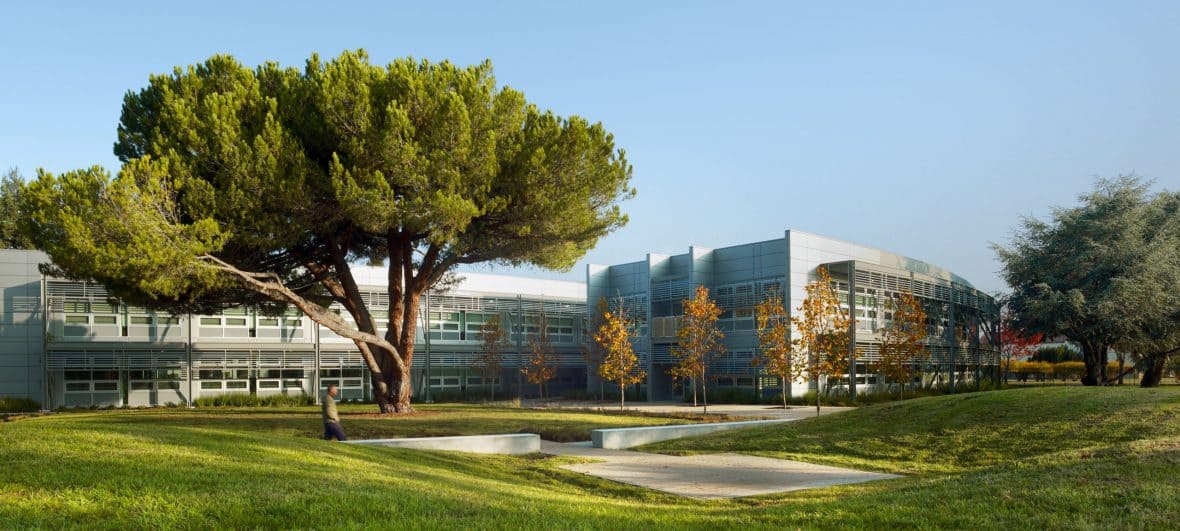
Smart buildings are a bleeding edge technology integration movement in the built environment. Based on the growing development of cloud computing and data management, a smart building links together multiple data sources, inputs, and user types into a cloud of useful information to create a more efficient, effective and engaging workplace.
A fully integrated smart building connects this data to allow previously disparate systems and users to engage with the built environment in new and more effective ways. Appropriately deployed, a ‘smart’ building should become more efficient over time, continuously engaging the workforce and ultimately helping to reduce operational costs and increase occupant wellbeing and productivity.
Foundations for the future
The foundation of a successful smart building is the ability to seamlessly merge hardware solutions that use economical and universal standards, software solutions that create useful information out of data analytics and bridge multiple platforms in two-way communications, and workforce change management that encourages occupants to adapt to their new smart environment. Ultimately, the critical measure of success in a smart building is the ability to function effectively over time; therefore the integration strategies of hardware, software and workforce must be robust, adaptable and flexible into the future.
Productivity, comfort and wellbeing
Research shows that executive function is significantly improved in healthier buildings, improving decision making and reducing absenteeism. Using smart technology, occupancy, movement, lighting, humidity and temperature can all be continuously measured, allowing building systems to maximise effectiveness of energy use, thermal comfort and daylight balance.
Worker and workplace engagement
Work environments are evolving. From smart transportation to collaborative technology, the office is becoming a place to interact and connect. Today’s workforce expects to be seamlessly connected in and out of the office, and flexible and customisable spaces allow individuals to make choices about where and how they work.
Safety, security and access control
Integrated technologies and virtual environments are changing the traditional structure of building safety, security and access control. Physical Security Command and Control can be supplanted with a virtual, distributed and mobile one, changing how a building is planned and programmed. Automated Standard Operation Protocols can interpret events from multiple inputs and provide responses faster than a traditional security system, saving time and increasing response accuracy.
Energy and water management
Energy and water management has evolved to focus on effectiveness over efficiency. An asset’s resource footprint can be aligned with the needs of a building’s occupants to develop a dynamic relationship that finds the optimal performance of the system as a whole. Engaging the workforce in energy and water management can create significant infrastructure and operational savings.
Building operations and maintenance
Smart buildings can focus fewer resources more effectively, anticipating and targeting maintenance and repair issues before they interrupt operations. As operating and maintenance costs are greater than initial capital costs, smart technology choices (specifically technology integration, upgrade and replacement strategies), are critical to creating long term savings. The ability to upgrade and repair must be designed into the base building asset and initial technology integration strategy.
Ready to get smart
Collecting and analysing high quality data from the physical space and its occupants is critical to creating and maintaining a smart building. This requires a robust sensor array and industrial network to allow tracking of occupancy and movements. Ultimately, to reap the benefits of smart building design, asset owners must be clear on what they are trying to achieve and ensure that their hardware and software solutions are robust and ready for the challenge.